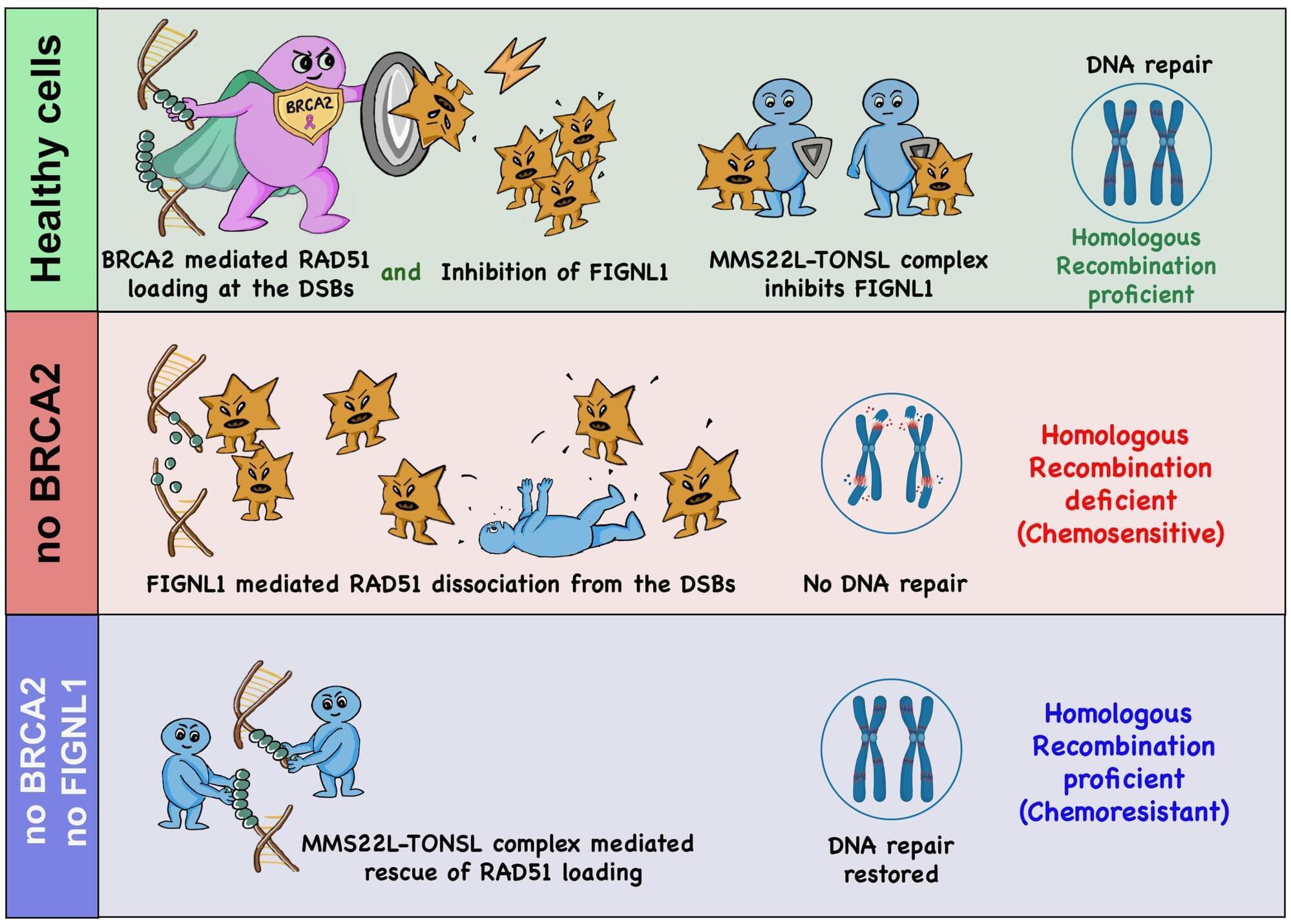“Eclipse mapping allows us to image exoplanets that we can’t see directly, because their host stars are too bright,” said Dr. Ryan Challener.
What can a 3D map of an exoplanet’s atmosphere teach astronomers about the planet’s formation, evolution, and composition? This is what a recent study published in Nature Astronomy hopes to address as a team of scientists presented a first-time 3D map of an exoplanet’s atmosphere based on temperature. This study has the potential to help scientists better understand the formation and evolution of exoplanet atmospheres while opening the doors for developing better methods of studying them.
For the study, the researchers used data obtained from NASA’s James Webb Space Telescope to develop a new method called 3D eclipse mapping on WASP-18b, which is located just over 400 light-years from Earth and whose radius is slightly more than Jupiter’s while have ten times its mass. WASP-18b is known as an “ultra-hot” Jupiter, as it orbits extremely close to its star at 0.02024 astronomical units (AU) while completing one orbit in only 0.9 days. For context, the planet Mercury orbits our Sun at 0.387 AU and completes one orbit in 88 days. WASP-18b is also tidally locked to its star like our Moon is tidally locked to Earth.
In the end, the researchers found that WASP-18b’s “dayside” features variations in temperature and chemical composition while also exhibiting a circular “hotspot” where the largest amount of starlight hits the atmosphere. Additionally, the team found this hotspot is surrounded by a colder “ring” closer to the limbs of the planet, or the outer edges where the shape of the planet is visible.








